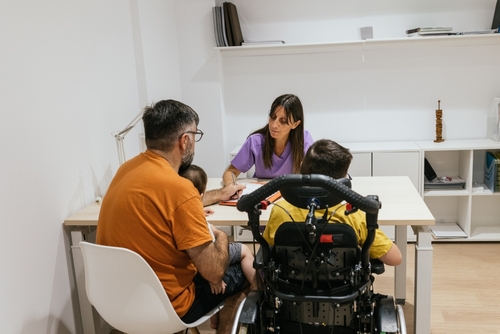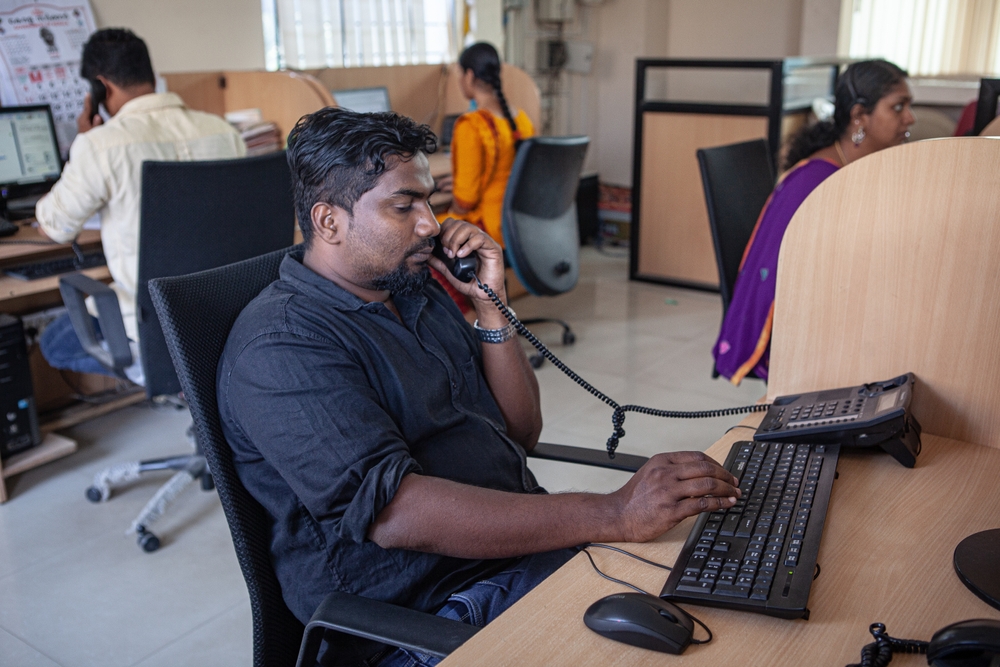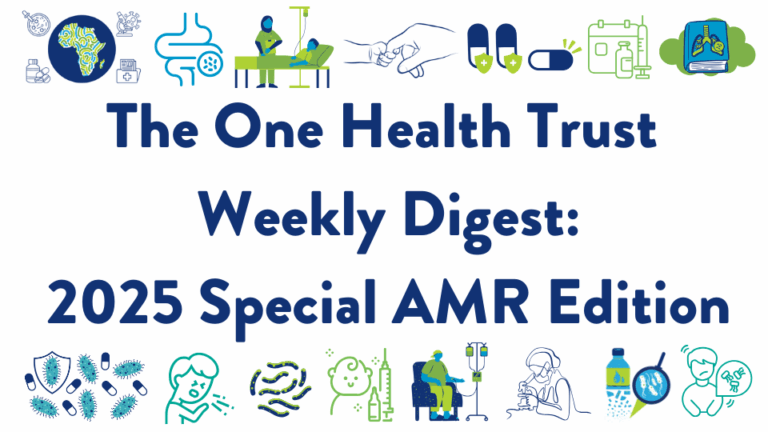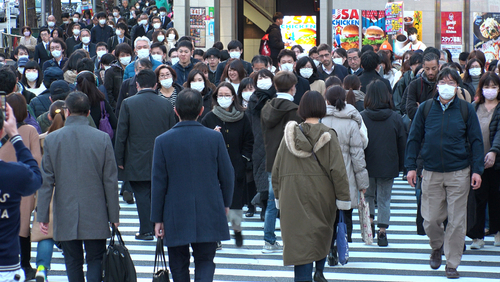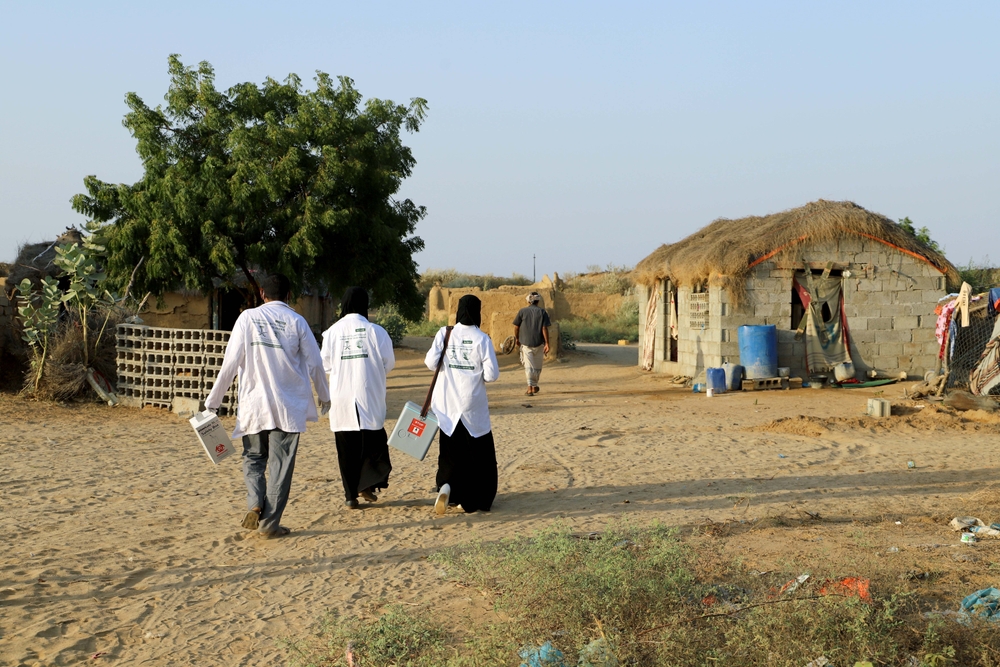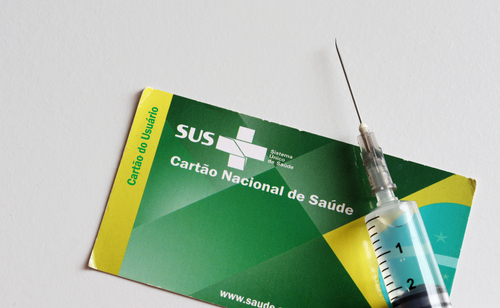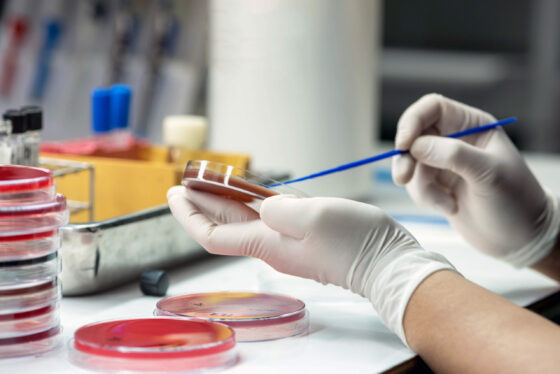November 06, 2015

A weekly roundup of news on drug resistance and other topics in global health.
“India really has the perfect storm: a large pharmaceutical industry, high background rates of infectious diseases and an affluent population that can afford antibiotics. You put all the things together and you get high[ly] pathogenic strains.” CDDEP Director Ramanan Laxminarayan was interviewed by the Huffington Post India about the emergence of the NDM-1 (New Delhi metallo-beta-lactamase-1) antibiotic resistance gene and the country’s ineffective efforts to combat the problem of growing antibiotic resistance. Said Laxminarayan, “Instead of dealing with this new healthcare issue, [the Indian government] got caught up in irrelevant details like the naming of NDM-1.” [Huffington Post India]
An outbreak of E. coli linked to Chipotle restaurants has infected 39 people in Oregon and Washington. In response to the outbreak, which left 14 individuals hospitalized, the restaurant chain has closed 43 stores in the two states. This month’s CDC Vital Signs focused on outbreaks of foodborne illness in the United States where, in 2014, multi-state outbreaks accounted for 3 percent of reported outbreaks but were responsible for 53 percent of outbreak-related deaths. The report also found that 91 percent of multistate outbreaks were caused by E. coli, Listeria or Salmonella bacteria. [Seattle Times, CDC]
Neisseria gonorrhoeae, the bacterium that causes gonorrhea, may be getting more resistant to recommended antibiotic treatment, according to CDC’s Gonococcal Isolate Surveillance Project as reported in JAMA. In response to growing resistance rates in 2010, the CDC updated treatment guidelines for gonorrhea from single-dose cephalosporin (ceftriaxone or cefixime) to either higher dose ceftriaxone or a combination of cefixime and a second antibiotic. In a subsequent update, in 2012, they recommended only ceftriaxone-combination therapy. A decrease in the prevalence of resistance to cefixime was recorded the following year—from 1.4 percent of isolates to 0.4 percent. This week’s report indicates an uptick in that resistance rate, back up to 0.8 percent in 2014. [JAMA, The Washington Post]
Most cases of malaria in children in the Asia-Pacific region may be recurrent infections, not new ones. Researchers in Papua New Guinea recruited more than 500 children aged 5-10 for a randomized double-blind placebo-controlled trial in which some participants were given blood- and liver-stage treatment (primaquine group) and the other group was given blood-stage malaria treatment and a placebo instead of primaquine. Primaquine has its greatest effect on “hypnozoites”—parasites confined to the liver that can cause recurrences in some malaria species (not including the most lethal, P. falciparum) after the initial blood infection is cleared. Blood-stage treatment success would indicate a non-recurring infection and blood- and liver-stage treatment success would indicate a recurring infection. The results suggested that four out of every five P. vivax infections and three out of every four P. ovale infections were relapses. [PLOS Medicine]
A precision drug therapy that pairs an antibiotic with a specific antibody may be effective at clearing intracellular MRSA infections. A team of NYU researchers developed a method of drug deployment using antibody-tagged antibiotics—called an antibody-antibiotic conjugate (AAC)—that attacks difficult-to-treat intracellular Staphylococcus aureus. The treatment works like a “stealth bomb,” latching onto Staph bacteria and waiting to deploy the antibiotic until the bacterium invades a cell. In mice, the AAC worked better than vancomycin, one of the most powerful antibiotics against MRSA. [Nature, The Guardian]
Interruptions of a tap water supply in the Democratic Republic of the Congo resulted in a 150 percent increase in admissions to a local cholera treatment center in the 12 days following a day without tap water. Researchers correlated water supply and cholera treatment center admissions in Uvira in South Kivu Province between 2009 and 2014. On average, admissions increased 155 percent during the 12 days following a water interruption, and overall, nearly a quarter of suspected cholera cases were attributable to water supply interruptions. The authors conclude that water supply investments should “focus on the delivery of a reliable and sustainable water supply and not only on point-of-use water quality improvements, as are often seen during cholera outbreaks.” [PLOS Medicine]
Many dermatologists may take longer than recommended to switch a patient away from ineffective antibiotic treatment—potentially increasing antibiotic resistance, according to research published in the Journal of American Dermatology. The authors found that in severe acne cases, dermatologists frequently leave their patients on ineffective antibiotics much longer than recommended before switching to a separate, potentially effective agent—85 percent of such patients were on antibiotics for longer than the commonly indicated limit of three months. [Journal of American Dermatology, Medscape]
The U.S. state of Hawaii has reported at least 15 locally-acquired cases of dengue fever this year. Typically, nearly all cases of dengue in the state (and in the United States) are imported from other locations, but 15 cases recorded on the big island of Hawaii so far in 2015 can be tracked to local mosquitoes. Such cases are of particular concern for the tourism industry, which saw a decline following an epidemic of locally-acquired dengue 2001 on the Hawaiian island of Oahu. Prior to 2001, locally-acquired dengue had last been reported in Hawaii in 1944. [Outbreak News Today, Quartz]
CDDEP is hiring Research Analysts in New Delhi, India and a Research Admin Assistant in Washington, D.C. For more information and to apply, visit Working at OHT.
Want to share interesting news via the digest? Send an email to [email protected]
Image courtesy Wikimedia Commons

